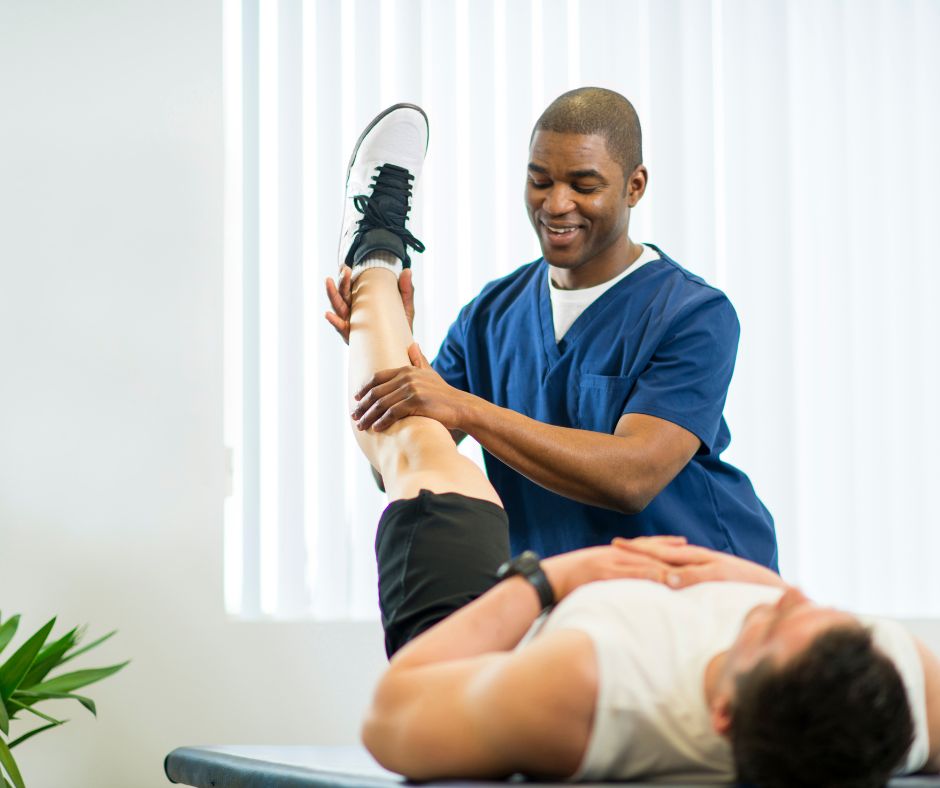Learn Common Athletic Injuries and Efficient Rehabilitation Strategies aimed at Athletes
Learn Common Athletic Injuries and Efficient Rehabilitation Strategies aimed at Athletes
Blog Article
Athletic injuries are frequent among sportspeople of all ages and skill levels. These injuries can happen in multiple forms, including sprains, muscle injuries, breaks, and tendon inflammation. Understanding the types of injuries that can happen during athletic events is crucial for both prevention and care. Ligament injuries, for example, entail the overextending or tearing of ligaments, which link bones at a joint. Strains, on the contrary hand, affect muscles or tendon structures, which connect muscle tissues to bones. Identifying these traumas promptly can assist sportspeople seek suitable care and come back to their sport more rapidly.
One of the most commonly seen traumas in athletics is the ankle ligament injury. This injury often happens when an individual lands ungracefully or twists their foot during a game. Signs of an foot sprain include discomfort, swelling, and trouble walking. Prompt treatment typically includes the R.I.C.E. method, which represents for Rest, Cooling, Compression, and Elevation. This approach aids reduce inflammation and pain. In severe severe situations, physical treatment may be necessary to regain strength and mobility to the ankle before going back to athletics.
Another common trauma is a muscle injury, which can happen in any sport that demands sudden movements or intense lifting. Sportspeople may experience a muscular strain when they stretch a muscular tissue too far or when they apply too great force. Signs include sharp discomfort, swelling, and muscular spasms. Rehabilitation for muscle strains often entails gentle flexibility exercises and strengthening workouts. Gradually raising exercise levels is crucial to avoid re-injury. Sportspeople should collaborate closely with a physical therapist to develop a secure and effective recovery strategy.
Tendon inflammation is another injury that can site link affect athletes, particularly those who participate in repetitive motions, such as joggers or aquatic athletes. This issue occurs when a tendon structure, which connects muscle to skeletal structure, gets swollen. Frequent areas affected by tendonitis include the elbow, upper arm, and knee. Symptoms often include pain and stiffness, especially during activity. Treatment for tendonitis usually involves rest, ice, and anti-inflammatory drugs. In some situations, rehabilitative treatment may be suggested to improve mobility and power in the affected area.
Preventing athletic traumas is just as crucial as addressing them. Athletes can reduce their chance of trauma by heating up properly before events, using the right equipment, and maintaining good fitness shape. Strength conditioning and flexibility exercises can assist ready the physique for the demands of sports. Additionally, athletes should listen to their physical condition and allow rest when needed. By understanding frequent athletic traumas and implementing effective recovery plans, sportspeople can remain healthy and participate in their beloved sports for years to come.